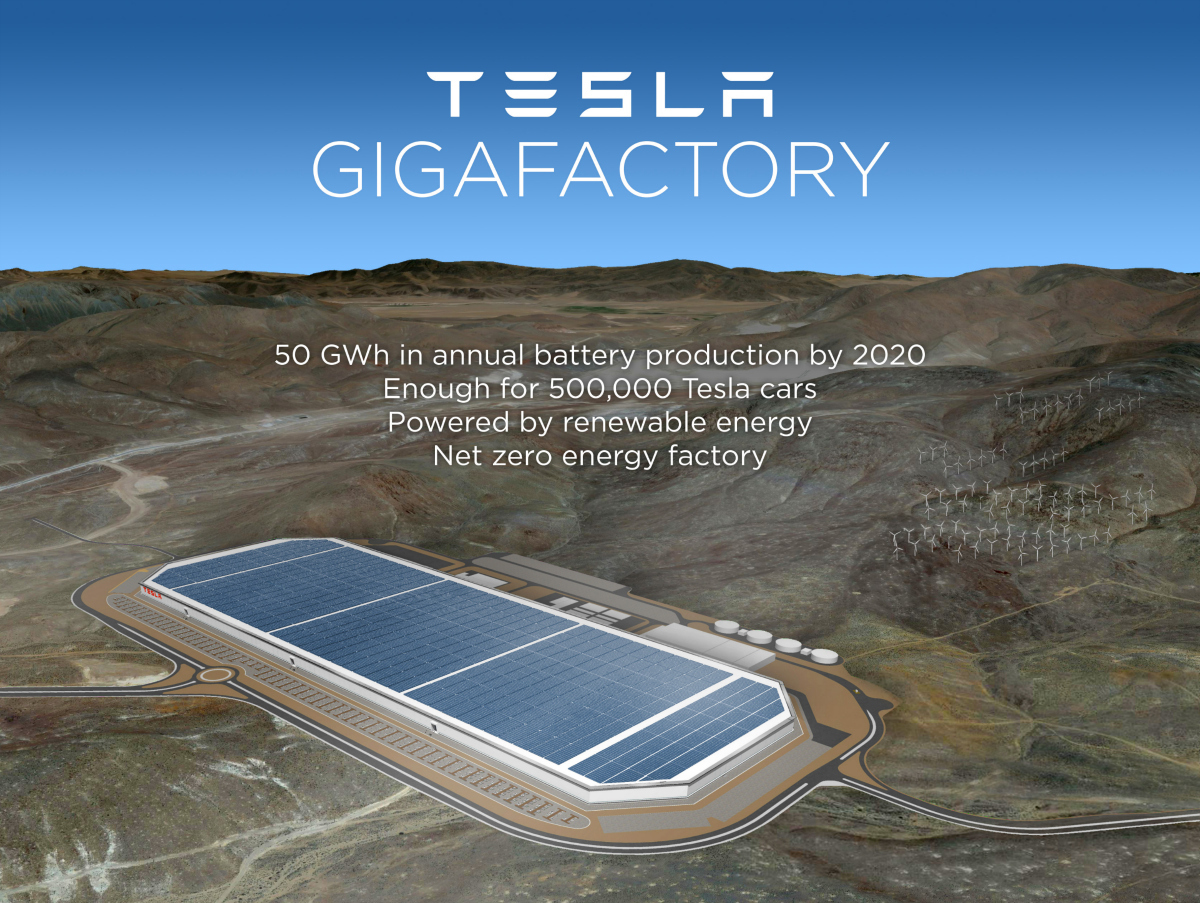(http://www.blogcdn.com/slideshows/images/slides/292/666/1/S2926661/slug/l/gigafactory-aerial-1.jpg)
As the SWOT analysis entails a scrutiny in regards to the Tesla Motors, I have furthered my research onto the topic of Tesla’s upcoming project, which is the implementation of the “gigafactory” in Reno, Nevada. The successful settlement involved a $1.3 billion in tax cuts for Tesla Motors. In Richard Florida’s article “Stop the corporate extortion” (2014), the author describes the development incentives announced by the government as an aggrandized statement and the prospects delineated by such incentives were simply a company tactic in order to obtain more benefits.
The author’s perspective has garnered my interest because as big corporation offers promises of economic success while settling into a less-developed community, the existing residents will often push up the demand as they are afraid of the inflation due to the company movement and the prices for goods will increase even more after the settlement is complete. However, if the corporation fails to deliver its promise, the inflation will likely to negatively affect the locals as well as the government because of the large tax cut. Despite of the latent risk, the community is pushed to the weaker side of the negotiation process, as it does not possess any distinct differentiability other than the low labor cost and the the location convenience. Using this as an advantage, the firm is then able to construct a more profitable contract for itself. In the end, even though the high price for incentives is regarded as a “gamble” by the city as the investment is made in hope of obtaining new economic opportunities, the odds are likely to be against the community itself.
References:


Recent Comments